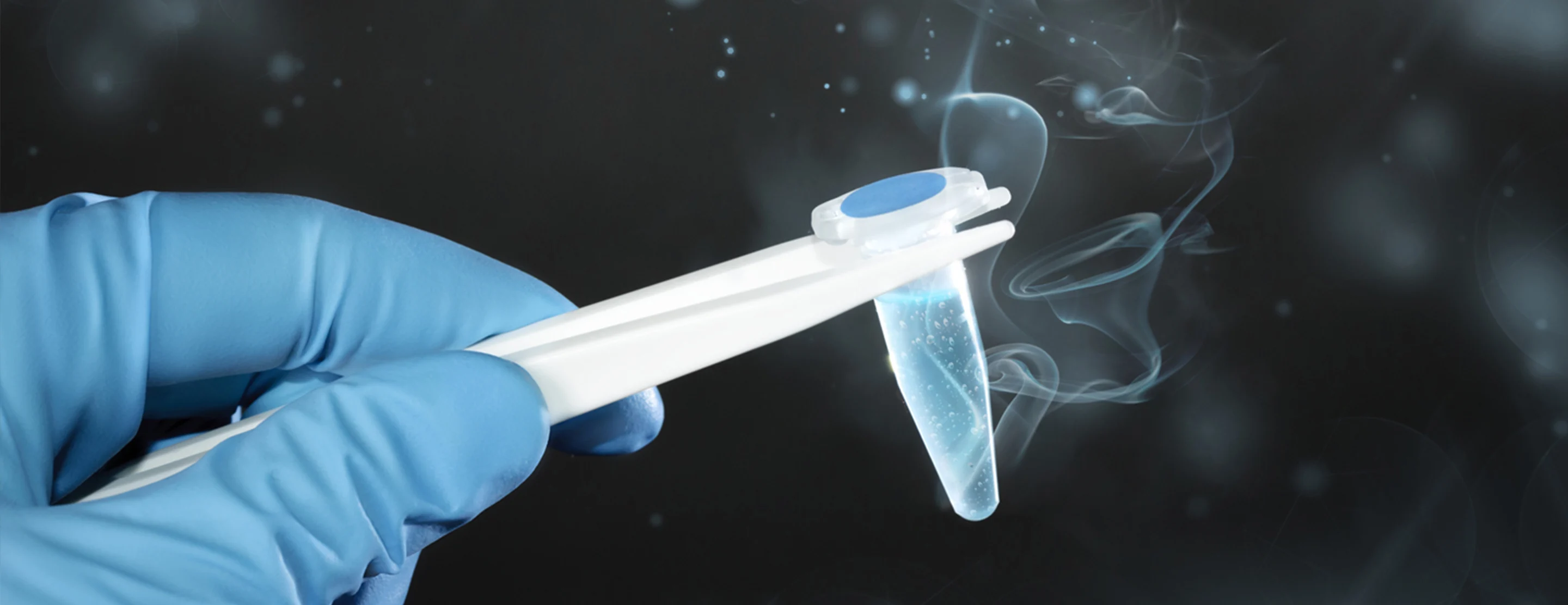Testicular cryopreservation is an experimental method used to preserve gonadal tissue of pre-pubertal boys or men whose fertility is likely to be compromised due to chemotherapy treatment. A recent study on rats shows that viable sperm can be produced from cryopreserved spermatogonial stem cells (SSC) after 23 years of storage – a discovery that offers hope to childhood cancer survivors.
Scientists from the University of Pennsylvania investigated how long SSC can be frozen while still remaining viable for reproduction. The team took advantage of SSC which from frozen for 23 years, short-term frozen SSC (1-4 months), as well as freshly harvested SSC to address this question. After thawing, the cells were transplanted into empty niches of nude mice testis.

Image credit: https://www.ucsfhealth.org/treatments/cryopreservation
The results suggest that long-term stored cells have an equivalent colony-forming ability to the fresh cells in the recipient testis. In addition, spermatogenic cells at different development stages, including mature sperm, were seen across all treatment groups, suggesting a competent developmental potential of the two-decades-old frozen SSCs. The caveat, however, was that seminiferous tubules were not properly organised and significantly fewer tubes contained mature sperm.
To understand the molecular effects of the cryopreservation after thawing the germ cells, the team performed single-cell RNA sequencing. They showed that cryopreserved cells have a distinct transcriptomic profile compared to freshly used cells yet there they report little significant difference between short and long-term freezing treatments. Both short-term and long-term frozen cells expressed changes in pathways involved in cell stress and protein synthesis. The authors suggest that long-term frozen SSC have a reduced capacity to fully differentiate, and display ins eased stem cell signalling in the undifferentiated cells, indicating self-renewal but not differentiation of SSC. Spermatids generated from long-term frozen SSC expressed fewer key chromatin remodelling genes, confirming that the reduced number of mature sperm is linked to molecular alterations in the long-term cryopreserved cells.
This study demonstrates that the viability and proliferation ability of spermatogonial stem cells is still preserved after long-term storage. It also suggests that cryopreservation and transplantation protocols need to consider the time-dependent degradation of stem cell viability. Nonetheless, this research showcases a method to recover the loss of fertility in prepubertal cancer children with successfully treated cancers.
Whelan EC, Yang F, Avarbock MR, Sullivan MC, Beiting DP, Brinster RL. Reestablishment of spermatogenesis after more than 20 years of cryopreservation of rat spermatogonial stem cells reveals an important impact in differentiation capacity. PLoS Biol. 2022 May 10;20(5):e3001618. doi: 10.1371/journal.pbio.3001618. PMID: 35536782; PMCID: PMC9089916.
